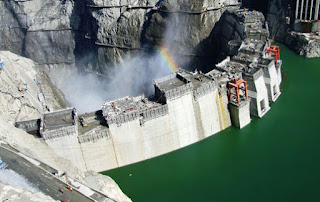Working of Analog PTZ Cameras
Analog PTZ cameras are cameras that have the PTZ function. PTZ stands for Pan, Tilt, and Zoom that are three distinct operations that can be carried out using the camera. Analog refers to the fact that these are not digital cameras, which means the images are not in digital feed. The images can be captured during DVRs so there are no problems with image recording and quality.
The three PTZ functions can be very helpful for organizations that have stringent norms for security. They can use a network video management system that can help in managing the camera settings and ensuring the function work perfectly. The three functions that are used include:
1) Pan: This is a feature that allows the camera to be moved from left to right. There is no operator needed to physically move the camera. It can be done remotely by the security staff. In fact, the staff members can use a network video management system and even operate the camera from their residence. This ensures that there are no requirements for security personnel 24/7 at the premises. The pan function ensures that the camera can even turn 360 degrees and can be placed in the middle of the room to get a complete view of the room.
2) Tilt: The tilt function allows the camera to be moved up and down. This ensures complete vertical coverage is ensured. If the remote operator feels something suspicious is there on the roof, he can tilt the camera to get a view.
3) Zoom: This function in the camera allows to get a closer view of the image. The lens focal length can be changed to get a detailed view.
Analog PTZ cameras aver very handy for use in security surveillance and are definitely worth investing in.

The insights on how analog PTZ cameras work are incredibly informative! It's great to see the technology explained in such an accessible way for users.
ReplyDelete